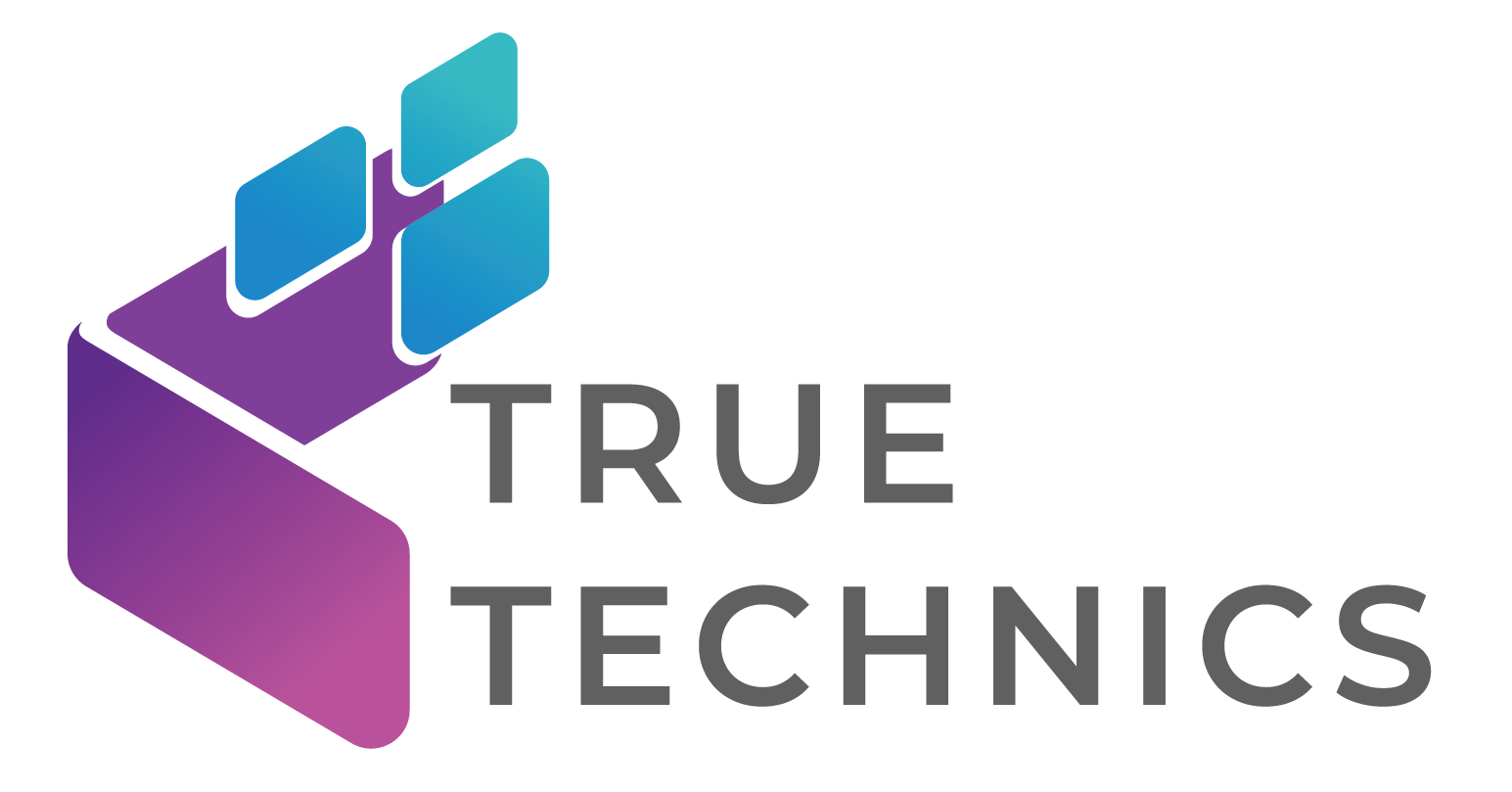Real-Time Tech
The evolution of blackjack has mirrored technological advancements, transforming a traditional card game into a dynamic experience that appeals to a new generation of players. Among the most significant drivers of this transformation is real-time technology, which has redefined how the game is played, experienced, and enjoyed. Real-time technologies like live streaming, instant data analytics, and interactive platforms are not just enhancing blackjack but reshaping its future.
The Rise of Real-Time Technologies in Blackjack
Traditionally, blackjack was confined to brick-and-mortar casinos, where players gathered around a physical table. While real-time blackjack brought the game to the digital realm, early versions lacked the authenticity and excitement of in-person play. Enter real-time technology—a game-changer that combines the convenience of online gaming with the immersive qualities of live casinos.
Through real-time streaming, players can join live blackjack tables from anywhere worldwide. High-definition video feeds, professional dealers, and real-time interactions replicate the thrill of a physical casino, making online blackjack more engaging than ever.
1. Live Streaming: Bringing the Casino to Your Screen
Live streaming is at the heart of the real-time blackjack revolution. Platforms like Evolution Gaming have pioneered live dealer blackjack, streaming real games directly to players via high-definition cameras.
Live streaming creates a sense of presence that static online games simply can’t match. Players can see the dealer shuffle and deal cards in real-time, ensuring transparency and building trust. Interacting with the dealer and other players via chat adds a social element, transforming a solitary activity into a shared experience.
For players, this means the best of both worlds: the convenience of online play and the authenticity of a casino environment. For casinos, it’s a way to reach a global audience without physical space limitations.
2. Latency-Free Gameplay: The Role of Real-Time Processing
One of the biggest challenges in live-streamed blackjack is ensuring seamless gameplay. Real-time processing technologies have made it possible to minimise latency, ensuring that players experience the game as it happens without delays.
Low latency is crucial for maintaining immersion. Imagine placing a bet or responding to a dealer’s question only to experience a lag. Real-time tech ensures that every interaction—whether dealing cards, placing bets, or chatting—is instantaneous, keeping players engaged and the game flowing smoothly.
3. Interactive Features: Enhancing Player Engagement
Modern blackjack platforms leverage real-time technologies to offer interactive features that go beyond the basics of the game. For example, players can customise their table settings, switch camera angles, and even select dealers based on language or personality.
These features give players control and personalisation, enhancing their overall experience. Through catering to individual preferences, real-time tech creates a more engaging environment that keeps players returning for more.
4. Augmented Reality (AR) and Virtual Reality (VR): The Next Frontier
While live streaming has revolutionised online blackjack, augmented and virtual reality are the future. AR and VR technologies, powered by real-time processing, are poised to take immersion to the next level.
Imagine putting on a VR headset and stepping into a virtual casino where you can sit at a blackjack table, interact with other players, and feel physically present. AR could overlay digital elements onto your real-world environment, allowing you to play blackjack with holographic dealers and cards at your dining table.
These innovations are still in their early stages, but they highlight the potential of real-time tech to redefine what blackjack can be.
5. Real-Time Data Analytics: Tailoring the Experience
Behind the scenes, real-time data analytics plays a critical role in shaping the blackjack experience. For instance, if a player frequently bets on side wagers, the platform might highlight similar opportunities or offer bonuses to encourage continued play.
If a player spends time chatting with the dealer, they might receive notifications about tables with more interactive dealers. This level of customisation enhances the player experience, making them feel valued and understood—a key factor in building loyalty.
6. Gamification: Making Blackjack More Dynamic
Real-time technologies have also enabled the gamification of blackjack. Features like leaderboards, achievements, and real-time rewards add a layer of excitement and competition to the game.
For example, players might compete for the highest win streak or earn badges for unique achievements like “Perfect Blackjack.” These real-time updates keep the game dynamic and encourage players to stay engaged.
Gamification appeals to traditional blackjack players and attracts a younger, tech-savvy audience looking for interactive and competitive experiences.
7. Global Accessibility: Expanding the Player Base
Real-time tech has made blackjack more accessible than ever. Players worldwide can join live tables anytime, breaking down geographical barriers.
Multi-language support, currency conversion, and localised tables ensure that players feel at home, no matter where they’re from. This global accessibility is driving the growth of online blackjack, making it a key component of the modern gaming landscape.
8. Building Trust Through Transparency
One of the most significant advantages of real-time technology is its ability to build trust. In live blackjack, players can see the dealer shuffle cards, deal hands, and manage the game in real-time. This transparency eliminates doubts about fairness, a common concern with traditional online games powered by random number generators.
Through the fostering of trust, real-time tech ensures that players feel confident in the integrity of the game. This is especially important in an industry where reputation and credibility are paramount.
Final Words
Real-time technologies are not just enhancing blackjack—they’re reshaping its future. For players, this means unparalleled access, personalisation, and excitement. For casinos, it’s an opportunity to reach a global audience, build trust, and stay ahead in a competitive industry.
As real-time technologies continue to evolve, the future of blackjack looks brighter than ever. Whether you’re a seasoned player or a curious newcomer, one thing is clear: blackjack is no longer just a game—it’s an experience powered by the cutting-edge potential of real-time tech.


